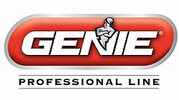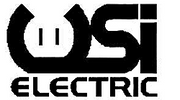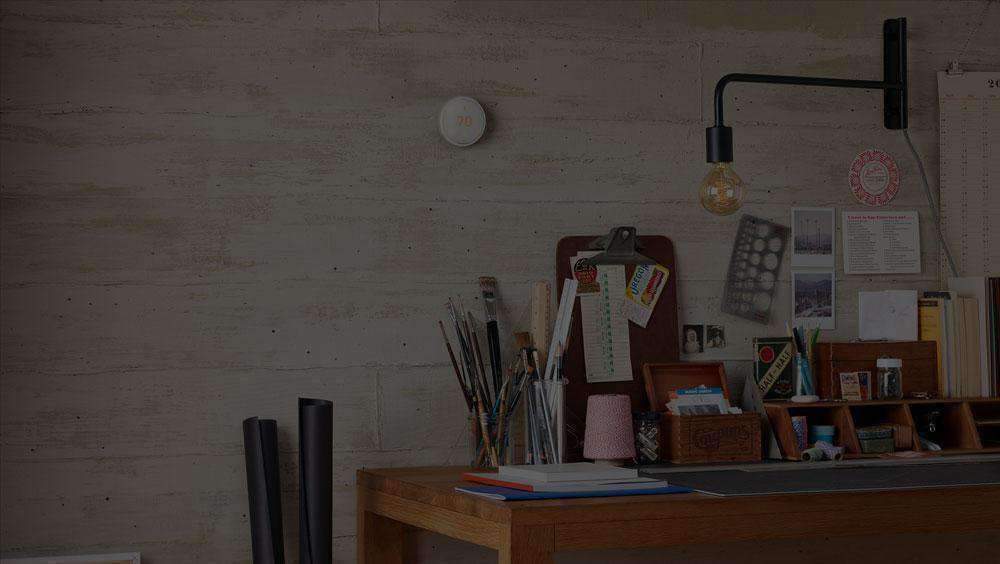- No products in the cart.
How to Winterize Your Home
01
Nov
Helpful Tips to Winterize Your Home
With colder months and the holidays fast approaching, there’s no better time than now to start brushing up on some tips to winterize your home. Despite all the technological advancements that have been achieved in home construction, you should still consider “winterizing” a necessary, precautionary action. Taking the time to properly winterize will help you save on your heating costs, and prevent any home disasters due to ice formation, snowfall, or extremely cold temperatures. And, it’s a lot easier to do than you might think.
It’s always more efficient, and much cheaper, to winterize your home ahead of colder weather, than to deal with winter-related home issues after they occur. In this blog post, we’ll go over all of the basics that you need to know in order to effectively winterize your home, plus a few other recommendations so that you can stay as comfortable as possible during the colder months.
8 Winter Home Improvement Tips
These winter home improvement tips are essential when it comes to protecting you and your home from the outside elements. Winterizing your home can require a bit of work, and will necessitate upfront costs, but you’re guaranteed to save big in the long run, stay comfortable all winter, and prevent potential disasters by following the tips below.
Seal your windows and doors
This is a good one to start with because it’s easy, cheap, and makes a huge difference in the internal temperature of your home. Sealing your doors and windows helps prevent cold drafts from making their way inside, in turn keeping you more comfortable and putting less stress on your heating system. It can also save you a lot of money—according to the U.S. Department of Energy, drafts can waste as much as 5% to 30% of your energy use.
To seal your windows and doors (also called weatherstripping) you’ll need sealing material. You can choose from plastic, foam, felt, and vinyl, and may want to layer various materials to create the most optimal seal.
Have your furnace checked
An inefficient furnace will increase your energy bill and cause your home to have difficulties in terms of maintaining the right temperatures. It’s already recommended that you get your furnace checked on by a professional once a year or every other year, so make this part of your regular winterization schedule. A pro will look for leaks and blockages in the vent system, and will also make sure that your thermostat is properly calibrated. Be sure that you have fresh air filters installed as well, since dirty filters are a precursor to ineffective heating.
Prep your pipes
Cold weather and ice can cause pipes to burst, which can require an expensive and inconvenient fix. As part of winterizing your home, take a close look at all visible pipes—both indoors and outdoors. Keep an eye out for any cracks, big or small, particularly around pipe joints and slits. If you find any, use caulk or duct tape to seal them off. This small step can make a huge difference, and can save you a ton of money in the long run.
Install a smart thermostat
One of our best tips for saving on heating costs in the winter is to upgrade to a smart programmable thermostat. These thermostats automatically program themselves for maximum heating efficiency, supplying warm air when and where it’s needed and reducing waste by lowering the heat flow when it’s not needed (such as when you’re not home or when you’re sleeping). As for our favorite picks, you can’t go wrong with a programmable thermostat from Honeywell, Braeburn, or Nest, though we feature lots of other great options as well.
Testing Your Detectors
House fires are all too common in the wintertime. Heaters and dry winter air make the perfect environment for sparks to fly and ignite flammable materials. Keep your home and your family safe by checking your smoke and carbon monoxide detectors before you turn on your heating unit for the first time this winter.
Remove all Attached Garden Hoses
Detach all garden hoses and drain any excess water from the hose. Store empty garden hoses in a place away from the snow - it doesn’t have to be a heated area, but you don’t want snow and ice to damage the hose.
Stock Up on Snow Supplies
There’s nothing worse than being trapped inside after a snowfall without a way to shovel yourself out. As soon as the temperatures start dropping, head to the store and get a large, durable snow shovel, ice scraper, ice melt, winter boots and gloves, flashlights and extra batteries, gas for your snow blower, and an emergency car kit in case you get stuck in the snow.
It’s a good idea to keep an emergency kit at home, too. Stock up on bottled water, non-perishable food, hand and feet warmers, and lots of warm clothing. You’ll be thankful in the event of a winter power outage.
Clean the Gutters
Clean gutters will allow snow and water to drain properly and prevent the buildup of ice. It’s recommended to clean your gutters after the last leaves fall in the autumn, before the first snowfall. If water gets caught in your gutters and freezes, you will likely have to replace your gutters in the springtime. Otherwise, you will not be able to direct rainwater away from your home.
You can avoid having to clean your gutters by installing stainless steel or PVC gutter guards. They will help keep leaves, pine needles, and sand out of your gutters.
Browse Affordable Home Improvement Brands
Be sure to check out our heating options to stay cozy all winter long! We recommend the Econohome wall mount space heater for small rooms, a patio portable heater if you wish to enjoy the midday cool breeze outside, or a home wall heater to help keep large rooms toasty all day.
Follow these 8 tips for winterizing your home and you’ll be cozy until springtime.






































